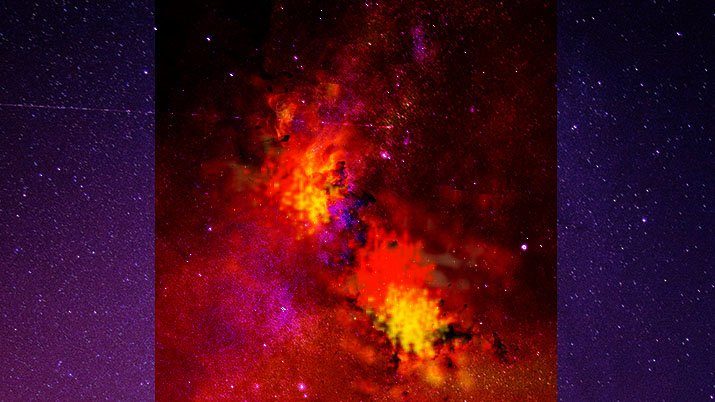
© Pixabay Composite
For years, Earth has been bombarded by cosmic rays emanating from a mysterious source astronomers couldn't identify.
Now, new research conducted with the help of NASA's NuSTAR space telescope has finally tracked down the source of these rays: Eta Carinae, a binary star system just 10,000 light-years away. In an event called the Great Eruption of 1838, the system created a stunning hourglass nebula in a tremendous burst of energy that temporarily made it the second-brightest object in the night sky.
According to Fiona Harrison, the principal investigator of NuSTAR: "We've known for some time that the region around Eta Carinae is the source of energetic emission in high-energy X-rays and gamma rays. But until NuSTAR was able to pinpoint the radiation, show it comes from the binary and study its properties in detail, the origin was mysterious."
The powerful cosmic radiation is caused, in part, by two currents of stellar wind colliding as they swirl around the twin stars. These winds then create shockwaves that boost the strength of the X-rays and gamma rays also being emitted. According to Kenji Hamaguchi, of NASA's Goddard Space Flight Center: "We know the blast waves of exploded stars can accelerate cosmic ray particles to speeds comparable to that of light, an incredible energy boost. Similar processes must occur in other extreme environments. Our analysis indicates Eta Carinae is one of them."
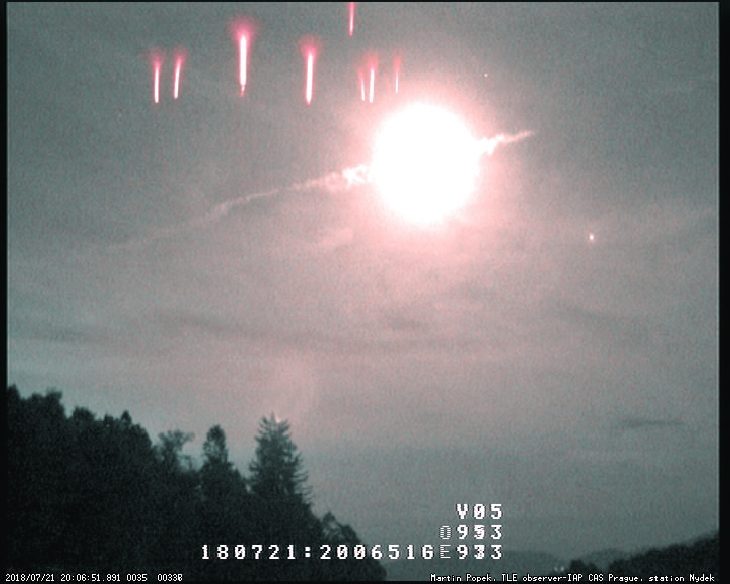
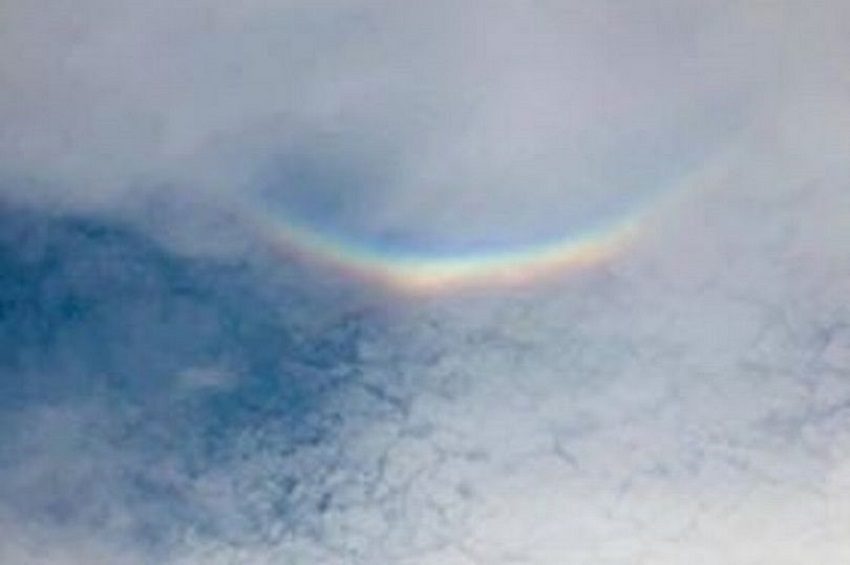
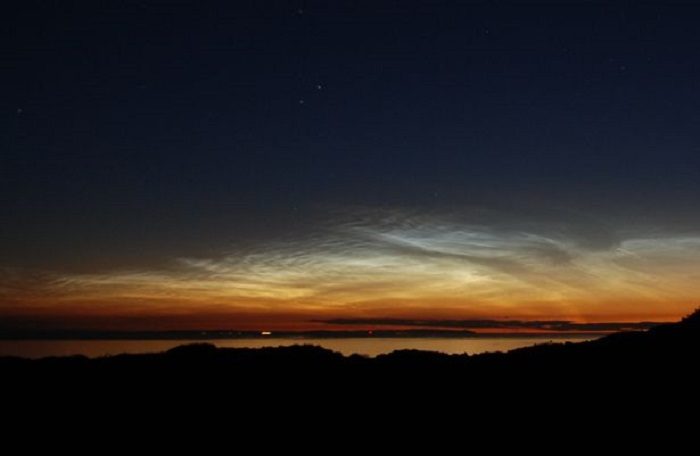
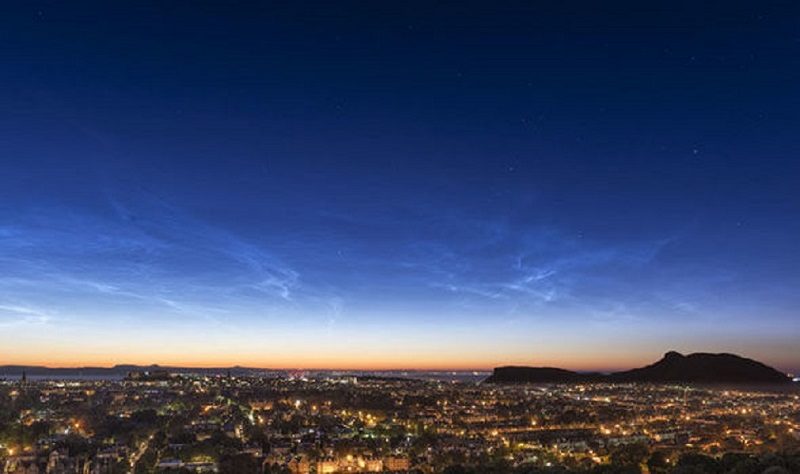
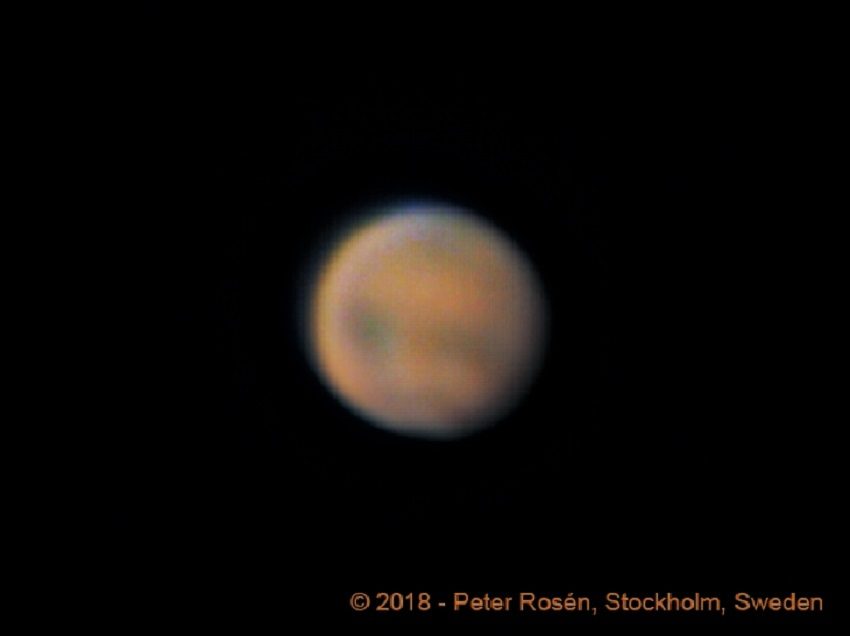
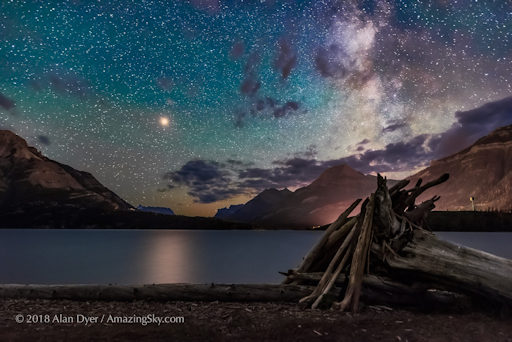
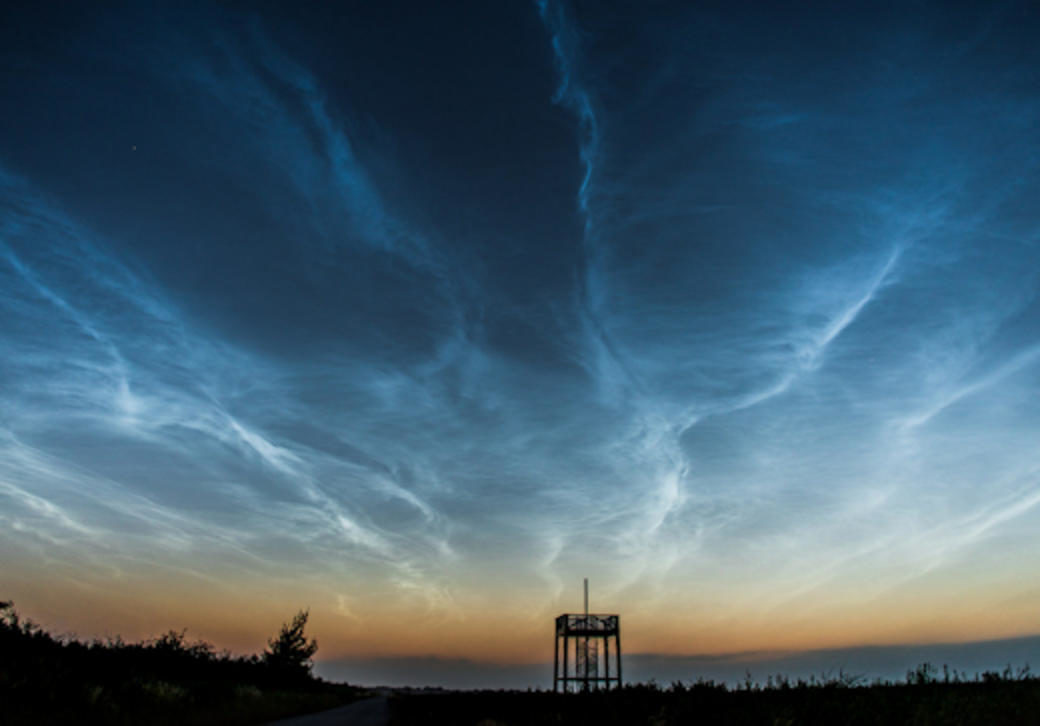

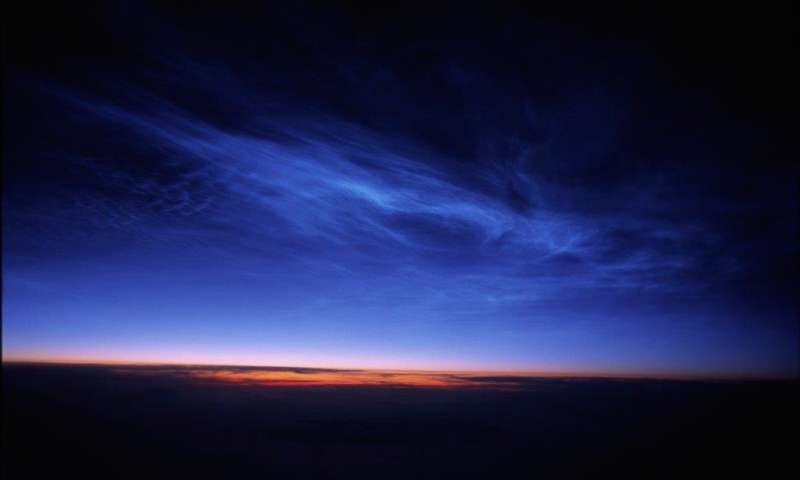
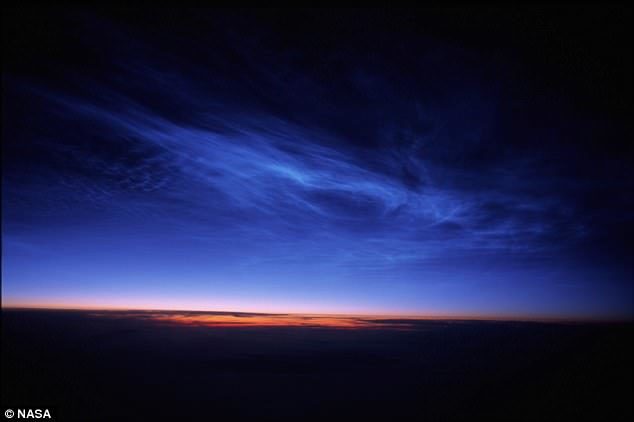



Comment: Red sprites were only officially documented in 1989 and yet it seems every year they appear with an increasing frequency, and with this recent footage, it seems their luminosity is also increasing. As noted in the article, this is in line with the rise in cosmic rays and the quieting sun: